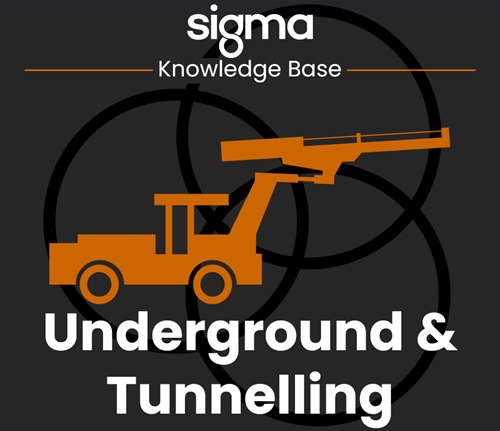
Introduction
Beneath the surface lies a world of possibilities, and with the advancements in technology, we have unlocked the secrets of the underground. One of the key players in this subterranean exploration is the underground and tunnelling rigs. In this blog post, we will delve into the fascinating realm of these rigs, uncovering their functionalities, applications, and the pivotal role they play in shaping our underground landscape.
The Evolution of Underground and Tunnelling Rigs
The history of underground and tunnelling rigs dates back centuries, with manual labor and rudimentary tools being the primary means of tunnel construction. However, as the demand for more efficient and safer excavation methods grew, so did the need for specialized machinery.
Modern underground and tunnelling rigs have come a long way from their humble beginnings. Today, these rigs are sophisticated pieces of engineering marvels equipped with cutting-edge technologies, enabling precise and rapid excavation in a variety of geological conditions.
Functionality and Components
Underground and tunnelling rigs are designed to bore through various types of soil, rock, and other geological formations. These rigs consist of several key components that work in harmony to ensure efficient excavation:
Drilling Mechanism: The heart of any underground rig is its drilling mechanism. Depending on the geological conditions, these rigs employ different drilling methods, including rotary drilling, auger drilling, and tunnel boring.
Cutting Tools: The cutting tools attached to the drilling head play a crucial role in breaking through rock or soil. These tools are carefully selected based on the hardness of the material being excavated.
Support Systems: To prevent collapses and ensure the stability of the tunnel, underground rigs are equipped with support systems such as tunnel lining, rock bolts, and shotcrete application.
Applications of Underground and Tunnelling Rigs
Transportation Infrastructure: Underground tunnels are integral components of transportation networks, facilitating the movement of vehicles, trains, and pedestrians in densely populated urban areas.
Mining Operations: In the mining industry, tunnelling rigs are used to access valuable mineral deposits safely and efficiently. These rigs can navigate challenging geological conditions, including hard rock and unstable ground.
Utilities Installation: Rigs are employed for the installation of utility tunnels that house essential services such as water pipes, electrical cables, and telecommunication lines.
Environmental Projects: Tunnelling rigs are utilized in environmental projects, including the construction of underground storage facilities, waste repositories, and water management systems.
Challenges and Innovations
While underground and tunnelling rigs have revolutionized excavation processes, they also face challenges such as environmental concerns, safety issues, and high operational costs. Innovations in robotics, automation, and drilling technologies aim to address these challenges, making excavation safer, more sustainable, and cost-effective.
Conclusion
As our world continues to evolve, the exploration and development of the underground landscape become increasingly important. Underground and tunnelling rigs stand at the forefront of this transformative journey, enabling us to create intricate networks beneath the surface. These marvels of engineering not only shape the infrastructure of our cities but also contribute to the sustainable and efficient use of resources. As technology advances, we can only anticipate even more groundbreaking developments in the realm of underground and tunnelling rigs. The subterranean future awaits, and these rigs will undoubtedly play a pivotal role in shaping it.
To view our full range of Underground and Tunelling rigs that we currently have available click the button below!
Contact us!
T: +44 (0) 1642 206100
E: sales@sigmaplantfinder.com
Disclaimer: This blog post contains content generated by an artificial intelligence (AI) model. While we have made efforts to ensure the accuracy and quality of the information provided, it is important to note that AI-generated content may not always be error-free or fully aligned with current standards, regulations, or the latest research. We recommend using this information as a starting point for your research and analysis, but we strongly encourage you to verify the facts, consult experts, and cross-reference the content with trusted sources before making any decisions or drawing conclusions based on the information presented in this blog post. The views and opinions expressed in this content are not necessarily those of the blog's author or publisher, and we cannot be held responsible for any consequences that may arise from its use.
